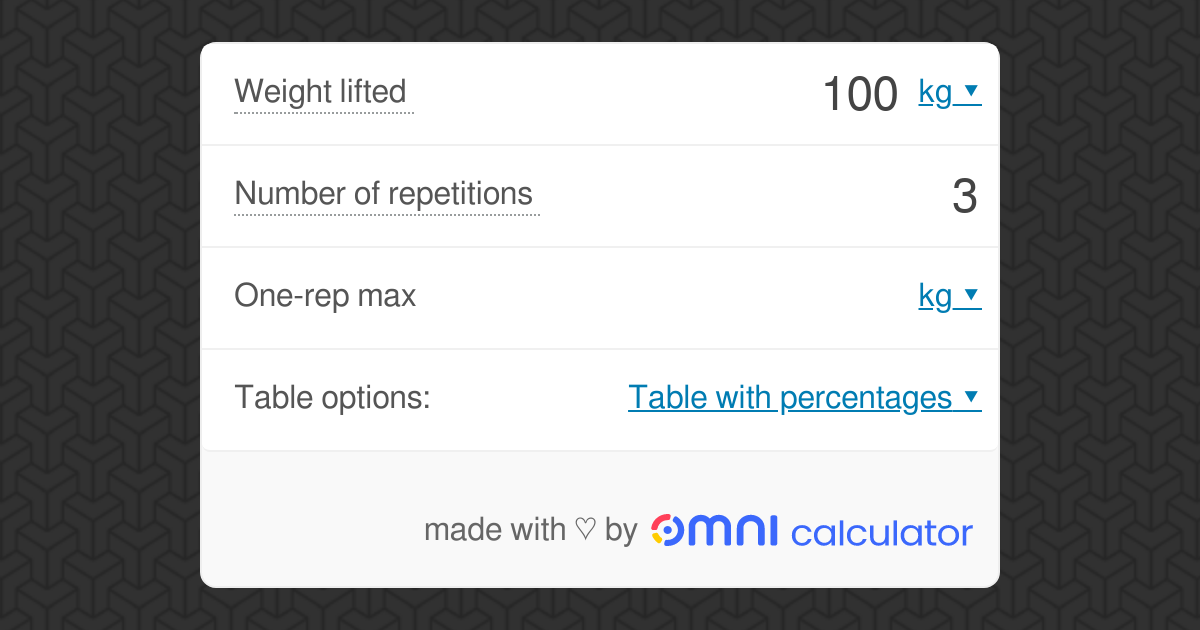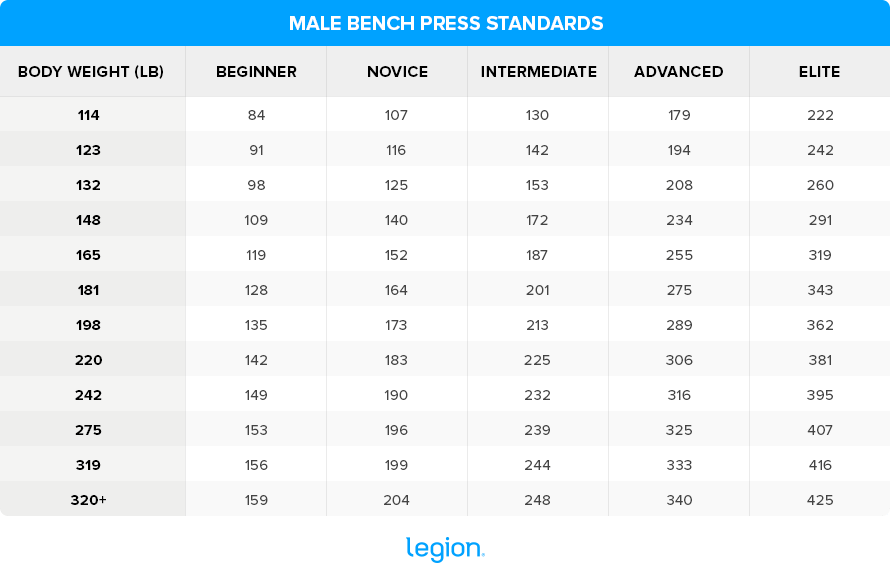

Indeed, submaximal velocity forecasts have accurately predicted a 1RM value on machine-based movements ( García-Ramos et al., 2018). Velocity 1RM predictions are conducted by having the athlete perform repetitions at submaximal loads and then using regression equations to forecast the 1RM from the obtained average concentric velocity (ACV) values. Predicting 1RM value with submaximal velocities does not require the athlete to use fatiguing loads and can save considerable time. Therefore, repetitions performed equations only seem to be accurate when using fatiguing loads close to a 1RM, which does not rectify the limitations of a 1RM test. (2006) observed more accurate 1RM prediction on the chest press and leg press from repetitions performed equations when using a 5RM load versus 10 and 20RM loads. DiStasio (2014) reported that the Epley (1RM=load(kg)×(1+0.0333×reps)) and Brzycki (1RM=load(kg)/(1.0278+0.0278×reps)) equations accurately predicted a back squat 1RM to within 2.7 and 3.1kg from a 5RM and a 3RM test ( p>0.05), respectively ( Brzycki, 1993 DiStasio, 2014). Repetitions performed equations utilize the number of repetitions lifted at a given load to predict the 1RM. The two main types of 1RM prediction are: 1) repetitions performed equations, and 2) velocity prediction methods. If a 1RM prediction is inaccurate, then a percentage-based load prescription could lead to an athlete failing to complete the prescribed number of repetitions. Alternatively, a 1RM can be predicted however, the utility of the prediction depends upon its accuracy. Furthermore, the above limitations are especially relevant when attempting to assess 1RM in large groups of athletes ( American College of Sports Medicine, 2009). Specifically, performing a 1RM test can be time consuming, unnecessarily fatiguing ( Helms et al., 2018), and potentially unsafe for novice athletes who have not achieved technical proficiency in the compound movements ( Niewiadomski et al., 2008 Gepfert et al., 2019). However, various issues exist with conducting a 1RM test. The one-repetition maximum (1RM) test, a reliable measure of muscular strength for compound movements (i.e., back squat and bench press) ( Seo et al., 2012), can be used to track strength progress and to calculate percentage-based loading ( Fleck and Kraemer, 2004). However, a lack of agreement between the predicted and the actual 1RM was observed for both exercises when volitional velocity was used. These data demonstrate that both 2- and 4-point velocity methods predicted the bench press 1RM more accurately than the squat 1RM.

Bland-Altman and Mountain plots confirmed the ANOVA findings as data were not tightly conformed to the respective zero difference lines and Bland-Altman plots showed wide limits of agreement.

The bench press 1RM was overestimated by 9.32±4.68kg with the 2-point method and by 7.15☖.66kg using the 4-point method. The 2-point squat prediction overestimated the 1RM by 29.12☐.07kg and the 4-point squat prediction overestimated the 1RM by 38.53±5.01kg. ANOVA indicated significant differences between the predicted and the actual 1RM for both the 2- and 4-point equations in both exercises (p<0.001). Repeated measures ANOVA and Bland-Altman and Mountain plots were used to analyze agreement between predicted and actual 1RMs. s -1 were used in the 2-point linear regression forecast of the 1RM and the ACVs established at loads closest to 20, 50, 70, and 80% of the 1RM were used in the 4-point 1RM prediction. The ACVs during the warm-up closest to 1.0 and 0.5m. Seventeen resistance trained men performed a warm-up and a 1RM test on the squat and bench press with ACV assessed on all repetitions. This study examined the accuracy of predicting a free-weight back squat and a bench press one-repetition maximum (1RM) using both 2- and 4-point submaximal average concentric velocity (ACV) methods.


 0 kommentar(er)
0 kommentar(er)
